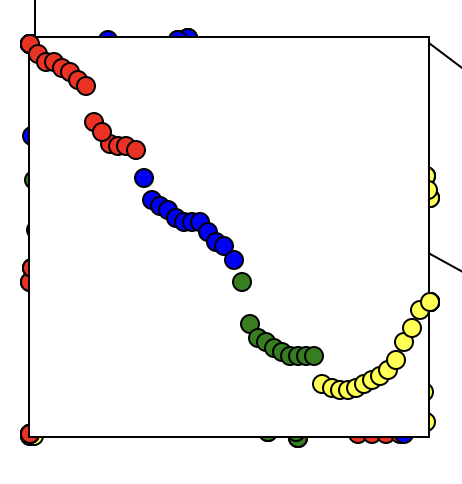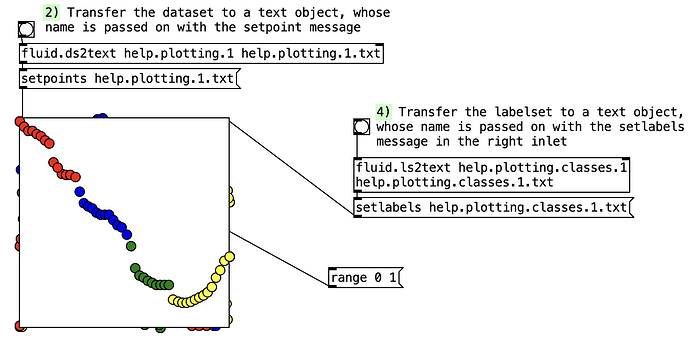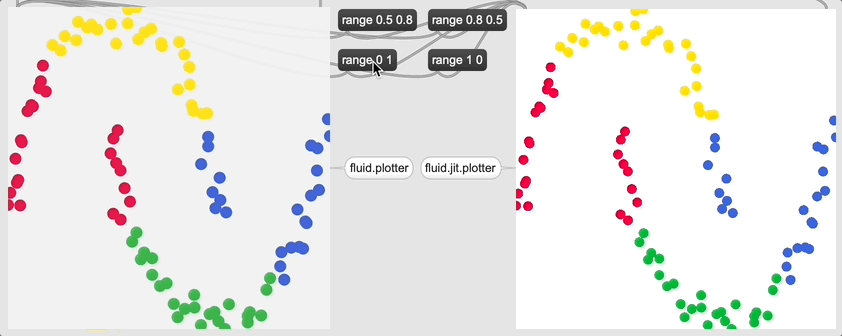Great, thanks, this one works! I’ll just write down my notes here, and you decided what’s important.
Tiny plotters in help
First of all, the new external breaks the help patch (that I assume was made with the abstraction) because it creates very tiny plotters (as if you omitted size arguments) like this:
But it is all good once I say fluid.plotter 200 200:
It woooorks!
The zooming in/out works, I did manage to bust it once, but I think it might have just be me not realizing the behavior I’ll describe below. Since I understand it, I couldn’t break it.
Zoom out upon Shift+Drag
One behavior that might be a bit confusing (it confused me) is that the zoom out action is not Shift+Click but Shift+Drag. Until I realized that I thought several times that the zoom out somehow didn’t trigger. But once I got it’s actually Shift+Drag, it was all good. If it stays like this, it would be important to leave a comment in the help patch about it.
Edges are not wiped
When you soom in and out a lot, there is an accumulating “dirt” from the parts of points that were historically outside of the canvas.

Somehow it’s possible to draw there but impossible to clear. This can perhaps become a bit distracting with larger datasets. Does not directly affect the functionality, it’s just a small drawing problem.
No zoom rect
This is just a feature request: it would be great to draw a zoom rectangle while selecting the zoom area, similar to the sibling objects in Max.
Your 1st Question
Personally, I think that the reversable range is a bit weird in the first place, and I wouldn’t allow it (lol). For me it confuses the meaning of the range message: a range of area from the grocery store to my apartment should mean the same as the range of area from my apartment to the grocery store (if these are considered top-left and bottom-right corners). To imply a mapping flip by changing the order of points might be a useful hack in some cases, but it is not something I would rely on or expect to have. I would expect flipping the ranges to be a responsibility of another step in the workflow before we plot the data. But I understand if people protest and want the feature, this is just my taste/opinion.
Coincidentally I discovered the same bug now in fluid.jit.plotter, whooooops! Seems like I never thought of testing for this. I’ll fix it in the way you fix yours: either disallow flipped ranges or preserve the flip upon zoom – you decide. (I am anyway in debt of a more painful bugfix regarding plotter position in presentation mode not being decoupled from patching mode, but psst).
Your 2nd Question
I think the clipping to a very small number is totally reasonable here.
Keep up the fantastic work and thanks.




